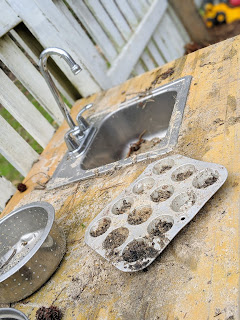Documentation is a critical element in the Reggio Emilia approach to learning. The valuable information collected through intentional documentation drives our child led, emergent curriculum model. Without it our learning would lack authenticity, intention, and direction.
If someone were to ask me what documentation is and what it looks like in my classroom, the answer is both simple and complex. Simply put, I work to collect information on the interests, thoughts, and ideas of the children in my classroom. The complexity comes in determining and implementing effective documentation methods. The challenge becomes how can we document countless conversations, artistic expressions, ideas, and questions each day? This process can look completely different depending on the specific teacher and their own learning style, because the truth is that we as educators are also students who are learning each day from our students. We are learning where to focus our inquiries. We are learning the physical, emotional, and cognitive needs of each child. We are learning what sparks joy, curiosity, and thoughtfulness in our group. We are learning how to be the best teacher, advocate, friend, and co-learner possible.
In my classroom, many methods of documentation co-exist including both video and audio recordings, multiple notebooks filled with hand written notes, samples of student art, the backs covered in Post-Its noting conversations that transpired throughout the artistic process, and a seemingly endless camera roll of photographs. These methods blend together into a single voice that sings the harmonies of our discoveries and adventures. At SVK, the walls tell a story. Not only are we able to display our students' artwork (which in and of itself boosts self esteem, confidence, and pride in our efforts), but there is also a significant emphasis on offering a record of the process in it's entirety. Our learning is made visible through photographs, direct quotes, and imagery that symbolizes the children's thoughts and ideas at the time the learning took place. These displays serve as a learning tool for children, a visual memory of ideas and concepts explored. By making our thinking visible in the classroom, we can achieve higher levels of discussion and deeper understanding of topics.
In the words of Carla Rinaldi, "documentation is not about what we do, but what we are searching for". Each piece of documentation offers a snapshot of this magical journey.



























